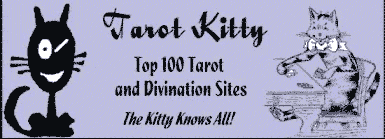In addition, Khemery from Sabah came over to learn tarot from me. I taught her everything i knew in 5 hours condensed workshop. It was because she had 5 years of prior experience with Tarot and angel cards. She was a very fast learner and she made a present of a citrine bracelet as a form of energy exchange. (this made me interested in the study of crystals which i lack)
I took her around singapore from Sanctum in Haji lane to Ion in orchard.
We took photos on Aura and mine was all blue and green and a bit dim perhaps due to the lesson which i gave to her.
We went to Kinokuniya and i saw some runes. I decided to buy the runes for study as Khemery inspired me to learn more skills to augment my tarot as i found that not all people are so acceptable of the hard truth given by the tarot.

 A brief write up on the runes.
A brief write up on the runes.There are several historical runic inscriptions, found on everything from swords to stones to bronze pendants, which list the entire runic alphabet in order. One of the oldest and most complete of these is the Kylver stone, found in Gotland, Sweden and dating from the fifth century c.e. Others are less complete, but show a remarkable continuity in the order in which the runes are listed. The only surviving written accounts of the actual names and meanings of the runes, however, were not recorded until the advent of the Christian era. Some of these manuscripts, which date from the 9th. century until well into 12th, are known as rune poems. These poems have a verse for each rune, each of which begins with the rune itself and its name. Some of these poems are more Pagan than others, particularly those from Iceland, where Christianity was not yet as widespread as it was in the Anglo-Saxon regions.
The rune names themselves appear to have been passed down relatively intact, and although no manuscript exists listing the names of the older, Germanic runes, the Anglo-Saxon and Scandinavian rune poems agree to such an extent that their common origin can be deduced. These names are probably our best clue as to what the individual runes actually meant to the people that used them.
==============================
Hope to master them soon.



No comments:
Post a Comment